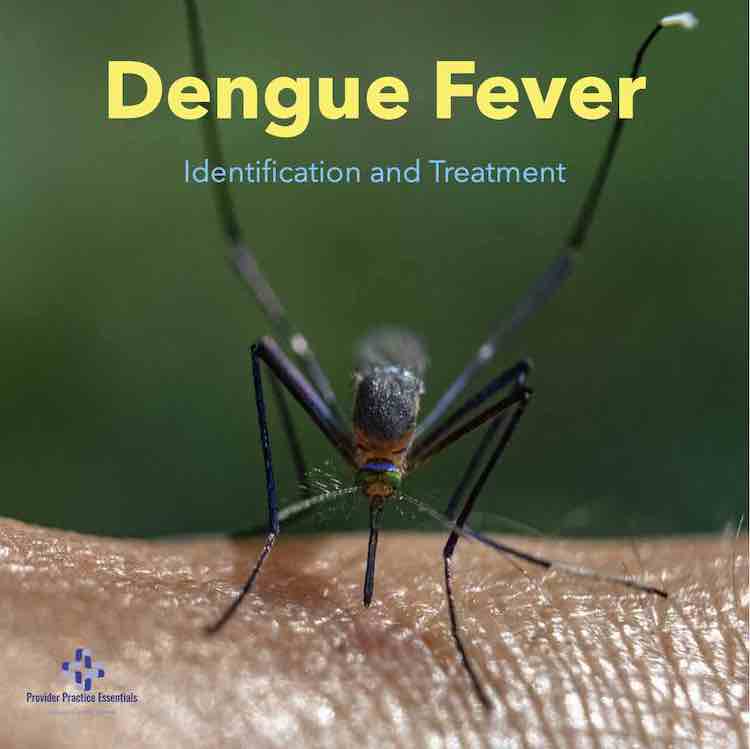Sepsis – What’s the Best Approach?
Rob Beatty, MD FACEP Sepsis is a serious and potentially life-threatening condition that is unfortunately all too common in hospitals. Healthcare providers must recognize the signs and symptoms of sepsis early and initiate prompt treatment to improve patient outcomes. But what is the best therapy for sepsis? Is it the CLOVERS treatment, or is it …






